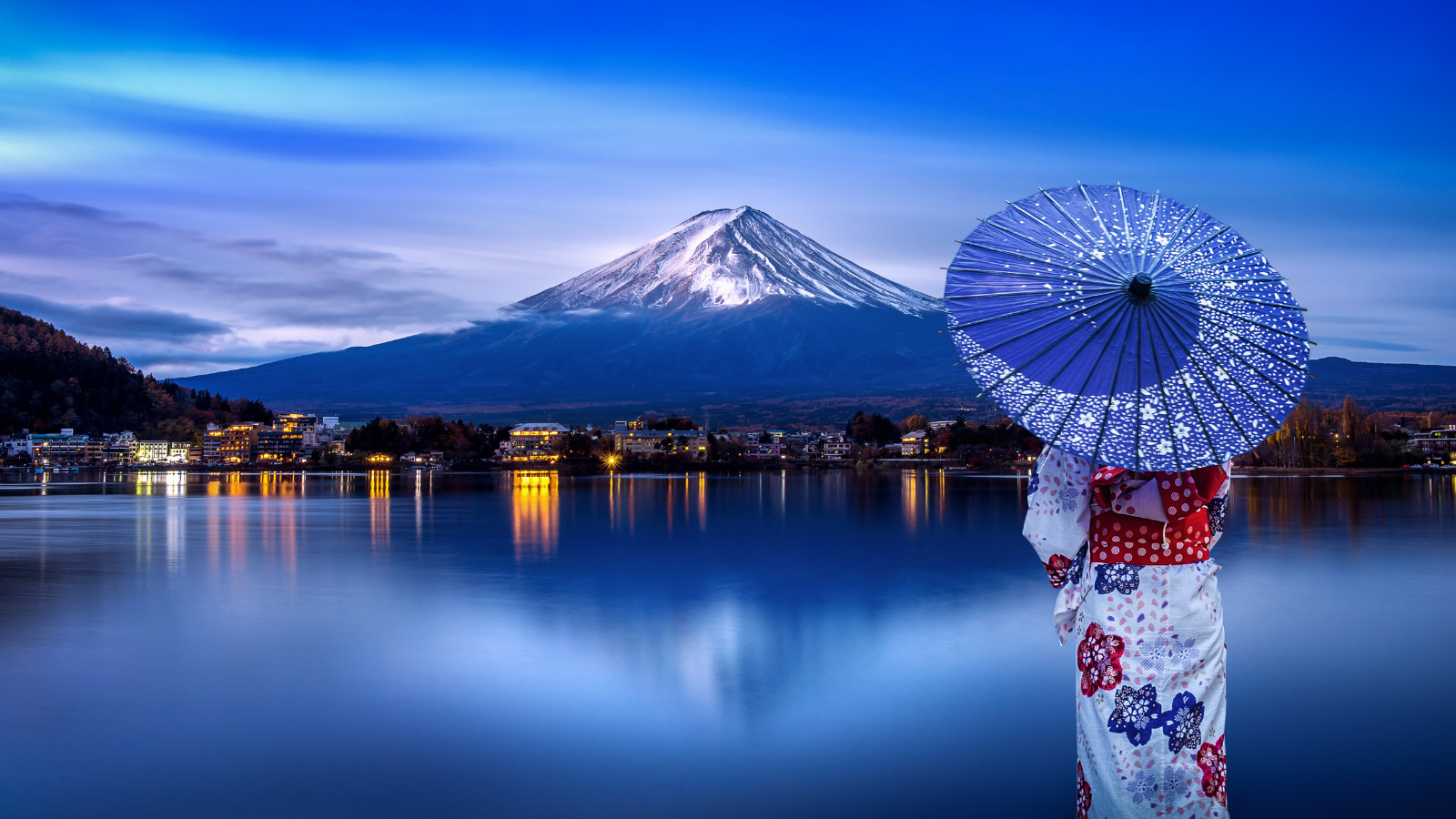Ibaraki Prefecture, located in the Kanto region of Japan, is a destination known for its rich natural landscapes, historical sites, and innovative industries. With its scenic parks, cultural heritage, and technological advancements, Ibaraki offers a unique blend of traditional and modern experiences for visitors.
History and Culture
Historical Significance
Ibaraki has a rich historical background, with numerous archaeological sites and historical landmarks. The prefecture was an important center during the Edo period, and its history is preserved in sites such as the Kasama Inari Shrine and the Kairakuen Garden, one of Japan’s three great gardens.
Cultural Heritage
Ibaraki is renowned for its traditional crafts and cultural festivals. The region is famous for its pottery, particularly from the town of Kasama, which hosts an annual pottery festival attracting artists and enthusiasts from around the country. The Mito Komon Festival, celebrating the legacy of the local historical figure Tokugawa Mitsukuni, features parades, music, and traditional performances.
Economy and Industry
Ibaraki’s economy is diverse, with strong sectors in agriculture, manufacturing, and technology. The prefecture is a leading producer of agricultural products, including rice, melons, and sweet potatoes. The Hitachi and Tsukuba areas are centers for technology and research, with numerous institutes and corporations driving innovation in various fields. Tourism also plays a significant role, with visitors drawn to Ibaraki’s natural beauty and cultural sites.
Attractions and Activities
Natural Attractions
- Hitachi Seaside Park: Famous for its seasonal flowers, including vast fields of nemophila in spring and kochia in autumn, offering breathtaking views.
- Mount Tsukuba: A popular destination for hiking, providing panoramic views, hot springs, and the historic Tsukubasan Shrine.
- Lake Kasumigaura: Japan’s second-largest lake, ideal for boating, fishing, and cycling along its scenic shores.
Historical and Cultural Sites
- Kairakuen Garden: One of Japan’s three great gardens, known for its plum blossoms, serene landscape, and historic Kobuntei Pavilion.
- Kasama Inari Shrine: One of the oldest and most important Inari shrines in Japan, attracting pilgrims and visitors year-round.
- Kodokan Mito: The largest han school of the Edo period, now a museum showcasing the educational heritage of the Mito domain.
Modern Attractions
- Tsukuba Space Center: The heart of Japan’s space exploration efforts, offering exhibits on space technology and guided tours.
- Art Tower Mito: A cultural complex featuring a contemporary art gallery, concert hall, and theater, promoting artistic and cultural activities.
- Aqua World Ibaraki Prefectural Oarai Aquarium: Known for its diverse marine life exhibits and dolphin shows, a fun destination for families.
Cuisine
Ibaraki’s culinary scene reflects its rich agricultural heritage and coastal location. Local specialties include:
- Natto: Fermented soybeans, a traditional Japanese food known for its unique flavor and health benefits, particularly famous in Mito.
- Hitachi Beef: High-quality wagyu beef from the Hitachi area, known for its tenderness and rich flavor.
- Anko Nabe: A hot pot dish made with anglerfish, vegetables, and tofu, popular in coastal areas during the winter months.
Conclusion
Ibaraki Prefecture is a destination that beautifully blends natural beauty, historical depth, and modern innovation. Whether you’re exploring scenic gardens, hiking up Mount Tsukuba, or enjoying the vibrant festivals, Ibaraki offers a diverse and enriching experience for all visitors. Its proximity to Tokyo and unique attractions make it a must-visit location for anyone traveling to Japan.

